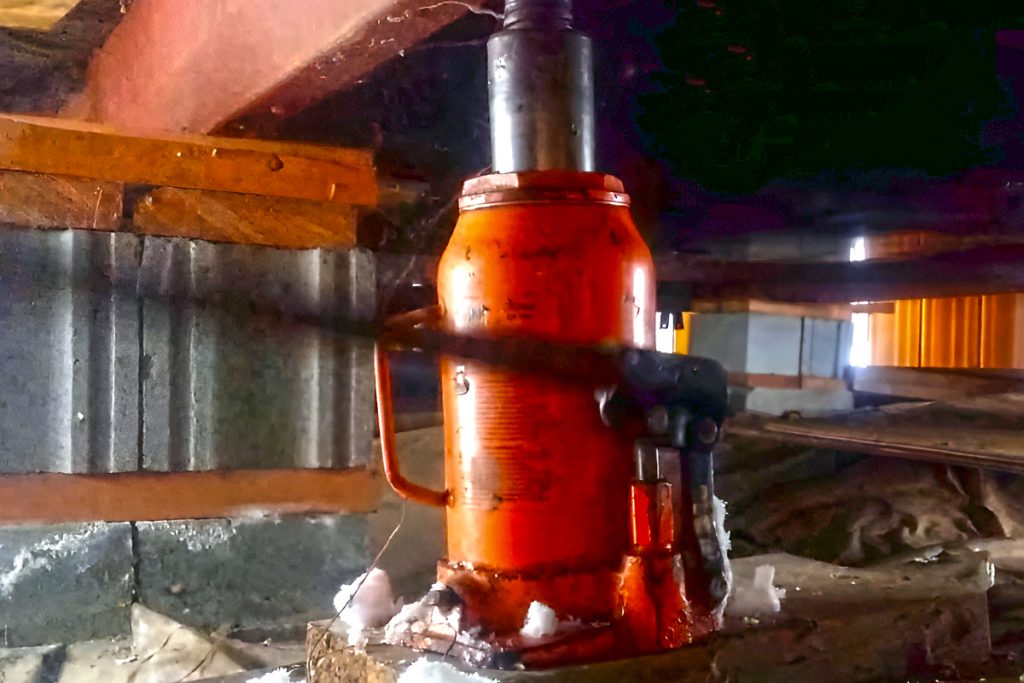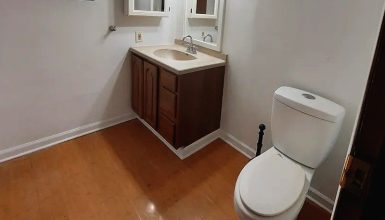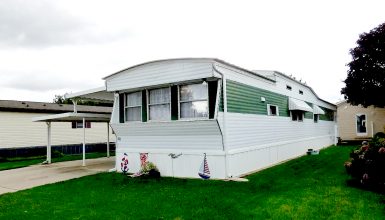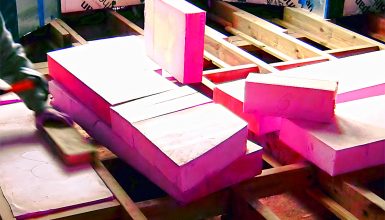Lifting a mobile home is no small task. The right jack makes the job easier and keeps you safe. Think of it like picking a team player; you need someone strong and reliable. In this case, that’s your jack. It’s not just about strength, though. Safety is a big deal. You want to lift your home without any accidents. So, let’s dive into the types of jacks for lifting your mobile home and how to select the best one.
1. Your Mobile Home’s Weight
Knowing your mobile home’s weight is like knowing your shoe size before buying new shoes. It’s essential. But how do you find out how much your mobile home weighs? The easiest way is to check the owner’s manual or the data plate. These often list the weight. If not, a local weighing station, like where trucks get weighed, can help.
Why bother with the weight? Well, it’s all about picking a jack that can handle the load. Think of it like this: if you try lifting something too heavy with a weak tool, it just won’t work. Or worse, it can be dangerous. Knowing your home’s weight lets you choose a jack strong enough for the job. This way, you lift your home safely and efficiently. Remember, safety first, always!
2. Types of Jacks Suitable for Mobile Homes
When lifting a mobile home, two main players come to mind: bottle and hydraulic jacks. Let’s break them down.
A. Bottle Jacks
These jacks look like a bottle, hence the name. They’re sturdy and compact, perfect for tight spots. You use them by pumping a lever, which raises your home gradually. They’re great because they’re easy to move around and store. Plus, they don’t cost an arm and a leg. But they do have a downside. For really heavy homes, they might not be strong enough. And, if the ground isn’t super solid, they can be a bit shaky.
The bottle jacks typically range in capacity from about 2 tons (4,000 pounds) to 50 tons (100,000 pounds). The smaller ones are more common for personal use, like lifting cars or small structures. For a mobile home, you’ll likely need one on the higher end of this range. Remember, more capacity means a sturdier jack but also a bigger size and potentially higher cost.
B. Hydraulic Jacks
Now, hydraulic jacks are the heavy lifters. Their capacity usually starts around 10 tons (20,000 pounds) and can go up to 100 tons (200,000 pounds) or more. They use fluid pressure to lift big weights, perfect for heavier mobile homes. They’re like the muscle builders of jacks. You’ll find lifting easier with these. The catch? They’re bulkier and can hit your wallet a bit harder. Also, you need a good, flat surface to use them right.
3. Choosing the Right Jack
Picking a suitable jack is like choosing the best tool for a job. It has to be just right. First, match the jack’s capacity with your mobile home’s weight. Always go for a jack that can handle more than your home’s weight. It’s like wearing a backpack – you want one that can carry all your stuff without breaking.
Next, think about durability. A good jack is like a trusty pair of boots; it should last long and handle tough jobs. Look for jacks made from strong materials like steel.
Brand reputation is another crucial factor. Choose a brand that’s known for quality. It’s like picking a restaurant everyone loves – you’ll get something good.
Ease of use matters, too. You want a jack that’s easy to set up and operate. It’s like using a smartphone – it should be user-friendly.
4. Safety Tips for Using Jacks
Safely lifting a mobile home is a step-by-step process:
1. Prep the Area
Make sure the ground is solid and flat. It’s like setting up a ladder; you need a stable base.
2. Position the Jacks Correctly
Place them under the strongest parts of your home’s frame. It’s like placing furniture legs on a rug – they must be in the right spots.
3. Lift Slowly and Evenly
Raise your home bit by bit. It’s like filling a glass with water – slow and steady to avoid spills.
4. Use Multiple Jacks
This is crucial. Spread them out to balance the weight. It’s like carrying groceries; you balance the bags in both hands.
5. Check and Double-Check
Always keep an eye on the jacks as you lift. It’s like looking both ways when crossing the street – safety first.
Remember, using jacks is serious business. If you’re unsure, get a pro to help. It’s like calling a plumber for a leak – sometimes, you need someone who knows what they’re doing.

















